Close your next deal by writing an impactful email to a c-level executive. Boardroom Insiders breaks this down into five simple steps. There’s a lot of truth in the most overused clichés. When it comes to getting the attention of busy C-Level executives—which is a priority for many sales organizations these days—this old adage applies:
“You never get a second chance to make a first impression.”
This is especially true if you hope to stand out in a busy executive’s email inbox.
Too Many Emails Lack Strategic Focus
As the recipient of many unfortunate sales emails, I have concluded that most salespeople are way too casual in their approach. By and large, the sales emails I receive lack strategic focus, relevance and polish–and are unworthy of a response.
Some are downright annoying—and thus, memorable. So the organization is actually worse off than if they had never sent me an email in the first place.
Too Casual
Take this one, for example. Not only has the account rep not done her homework, she is expecting me to do it for her—without offering a single thing of value. And it’s poorly written to boot—the email equivalent of a casual Friday:

They Don’t Know My Needs
Then there are the emails that launch into a lengthy, buzzword-filled description of what the company does without addressing how that might align with my needs—and then presumptuously asks for a meeting without telling me why it would be worth my time.
Here is one of my all-time favorites:

Because, really, a C-Level executive decision maker is going be drawn to a referral pitch because she needs the $100. This is just sad and cheesy.
Don’t Copy and Paste from Previous Emails
Finally, be very careful when cutting and pasting from previous emails to other C-Level targets.
My colleague recently received what appeared at-first-glance to be a thoughtful, personalized email. The first paragraph referenced that the salesperson and my colleague went to the same university. The salesperson referenced their alma mater’s upcoming basketball game against a key rival. This caught my colleague’s interest and kept him reading,
But then he noticed in the next paragraph that the salesperson had accidentally left in a sentence about someone else at a different company—the result of cutting and pasting from another prospect email.
So, while the salesperson actually did do some homework on my colleague, he blew his chances for making an authentic connection with his sloppy cut-and-paste job, leaving my colleague feeling duped.
So enough horror stories. Let’s talk about what you should do instead. I’ve broken it down into five steps.
How to write an email to a C-Level Executive in 5 steps
Do your homework
With all of the digital tools at our disposal, there is NO excuse for not doing your homework. Take a few minutes to learn something about your prospect and their company. Then use what you’ve learned to demonstrate that you’re a real person who cares about their specific issues and concerns. This is your single best chance to earn their attention and interest.
Find a compelling hook
Based on your research you should know what their most compelling goal—or pain point—is and how you can help them address it. Lead with that. You have a problem. I can help you solve it.
Be concise and focused—and always leave them wanting more
These are busy people. Offer a nugget of valuable insight (based on your hook, above). Then ask if they want to learn more and get out. Your goal should be to leave them wondering what else of value you have to offer.
Follow up in a thoughtful way
Give them a little time to consider what you’ve said and then follow up with more relevant information, a little at a time. Stay up-to-date on new developments with the company in order to uncover new hooks that you can roll in into subsequent emails. Over time, your contacts will begin to trust that you are earnestly focused on how you can help their company succeed—which will make you worthy of a response.
Remember the basics
Finally, make sure you’re writing to the right person with the right title at the right company. Double check that their name and company is spelled correctly, and that your email has no typos. Eliminate trade jargon and platitudes. Write in an active, not passive, voice in sentences easy for a busy person to scan and absorb quickly.
An Email Worthy of an Executive’s Attention and Response
Here is an example of an email that is worthy of an executive’s attention and response:
.png?width=700&name=Hello%20Matthew,I%20read%20your%20recent%20interview%20with%20CIO.com%20and%20noticed%20you%20said%20that%20there%20is%20_room%20for%20improvement_%20when%20it%20comes%20to%20automating%20some%20of%20your%20back-office%20processes..Our%20team%20recently%20helped%20a%20similar-siz%20(1).png)
Successful C-Level engagement is like drip irrigation. You would never dump a huge bucket of water on a plant and then not water it again for a year. To successfully grow your plant, you need to make sure it gets just the right amount of water over time.
Yes, it might be tempting to write a seven-paragraph email that contains absolutely everything about your company that your prospect might want to know. But just as the single bucket of water will certainly result in a dead plant, a verbose and unfocused email will certainly result in a C-Level engagement effort that is dead-on-arrival.
